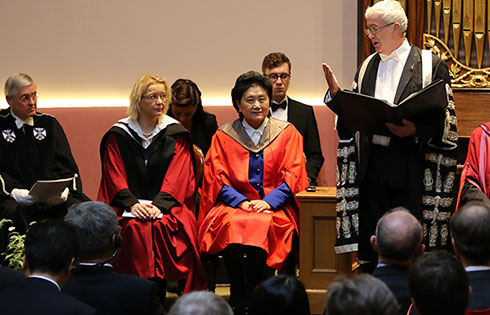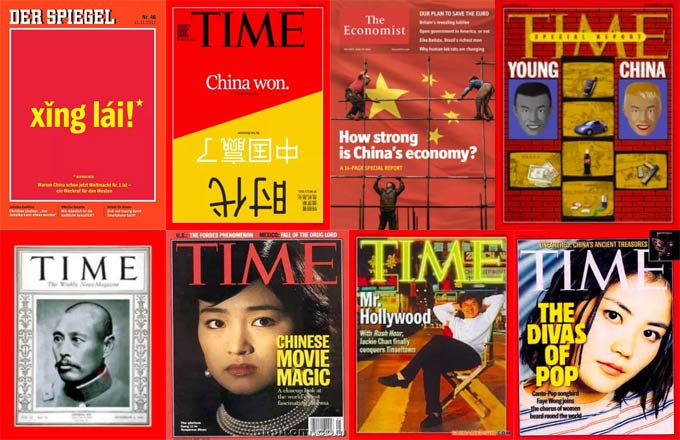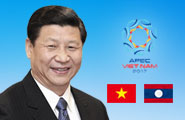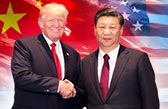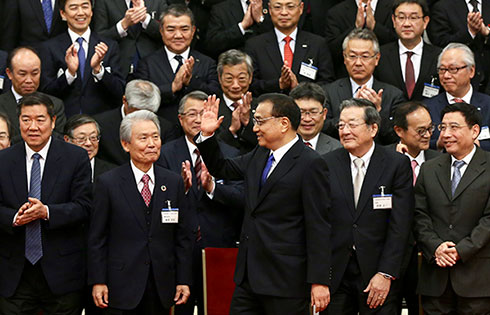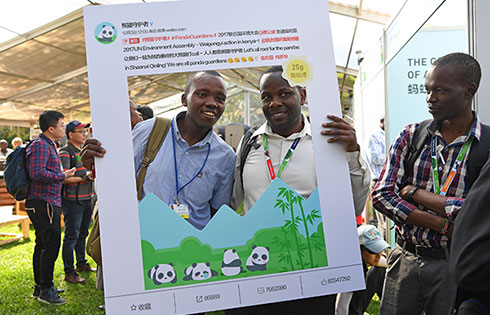New platforms build medical bridges

After the Chinese government outlined its next 15-year healthcare plan and threw much weight behind disease prevention and clinical research, the world's two biggest economies need to initiate more collaboration to benefit their people.
Medical industry observers, practitioners and watchdogs, as well as technology and innovation forces, are joining hands to push forward US-China communication in the healthcare sector.
When Marc Shuman, professor of urology at UC San Francisco, joined MORE Health, a Silicon Valley-based medical startup, as its chief medical officer, he did not foresee how his more than 20 years of expertise in cancer treatment would benefit patients in China.
There are about 3.4 million Chinese diagnosed with cancer each year, of whom about 2.1 million will not survive. That fatality rate accounts for 24 percent of the total cancer deaths in the world. The five-year survival rate of cancer patients in China is only about 30 percent, much lower than America's rate of 60 percent.
During her visit to the Center for Strategic and International Studies in Washington DC in September, Vice-Premier Liu Yandong addressed a China-US workshop on health cooperation and said Chinese people's longing for a better life and a high standard of medical and healthcare are inalienable components of the Chinese Dream.
Liu vowed to deepen China-US healthcare cooperation by improving the level of institutionalization of health exchanges and cooperation at all levels, teaming up to tackle global health challenges, upgrade innovative medical cooperation and focus on public health needs.
Pushing for cutting-edge technologies and striving to achieve breakthroughs in the prevention and early treatment of chronic non-communicable diseases such as cardiovascular diseases and tumors are further goals.
Platforms such as MORE Health established over the years make possible people-to-people exchanges on health issues.
"We practitioners are very upset to see patients die due to a lack of specific training, education and professional outpatient care," said Han Xiaodi, a neurosurgeon and vice-president at the Beijing Puhua International Hospital, which is affiliated with Beijing Tiantan Hospital.
Han led his team to San Francisco this week to sign a contract with MORE Health to expand medical cooperation.
"China's medical know-how has developed significantly," Shuman said. "Patients can get most treatments in China, but there are certain medications for cancer either not available in the country or that haven't been approved by authorities, and the doctors are not familiar with those newly approved medications."
Through MORE Health's platform, Shuman is able to work with top doctors in the US to consult with patients and counterparts in China and elsewhere to seek alternative treatment in the US.
"They either don't respond to the treatments they get in China or they want more successful treatments," said Shuman.
Han said MORE Health helped his hospital introduce the Tumor Treating Fields (TTF) method, the first of its kind in China, from the US.
With TTF, mild electrical fields pulse through the skin of the scalp and interrupt cancer cells' ability to divide, said Han. Studies have shown its effectiveness in slowing the growth of primary cerebral tumors with an increase in survival, usually with very minor side effects.
"Our patient has become the first beneficiary to receive TTF treatment in China with quality of life being greatly improved," he added. "There was no pain, nausea, fatigue or diarrhea, none of those typical symptoms of chemotherapy and radiation.
"We are eying introduction of more cutting-edge technology and innovative treatment solutions of this kind," said Han.
As the estimated yearly expenditure on healthcare will surpass $1 trillion in China in 2020, the market for China-US cooperation in the medical sector is also lucrative.
Contact the writer at junechang@chinadailyusa.com.






